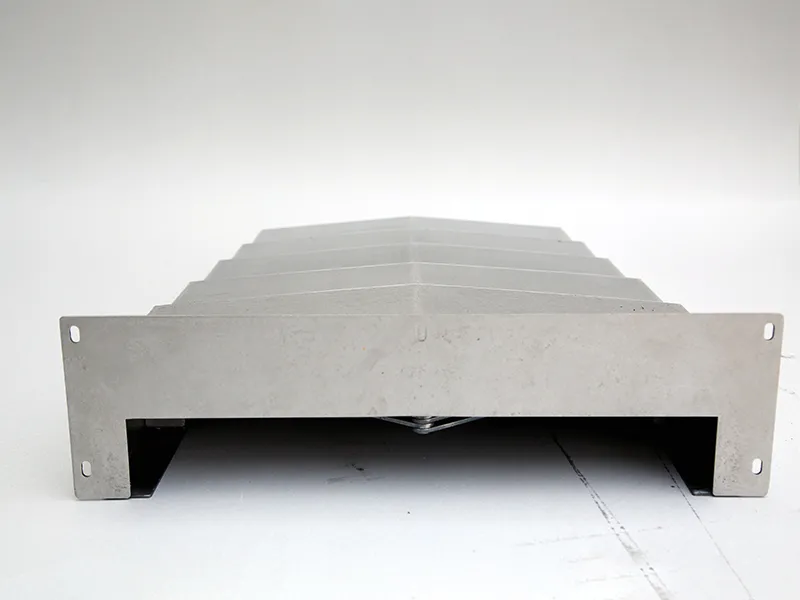Your Position: Home - Other Machinery & Industry Equipment - 7 Hidden Dangers Your Protective Bellows Cover Could Be Ignoring!
When it comes to industrial machinery, the protective bellows cover is often seen as a simple, unremarkable component. But what if we told you that this seemingly insignificant part could be hiding seven critical dangers that might jeopardize your entire operation? These hidden risks could lead to costly repairs, unexpected downtime, and even safety hazards. Let’s uncover these dangers and explore how you can address them to protect your machinery and your bottom line.
The Danger of Contaminant Infiltration
One of the primary roles of a protective bellows cover is to shield machinery from dust, debris, and other contaminants. However, if the cover is damaged or improperly installed, it can fail to provide adequate protection. Contaminants can infiltrate sensitive components, causing wear and tear that leads to costly repairs. Regular inspections and maintenance are essential to ensure that your bellows cover is functioning as it should, keeping your machinery safe from harmful particles.
The Risk of Material Degradation
Protective bellows covers are typically made from durable materials like rubber, PVC, or fabric. However, these materials can degrade over time due to exposure to harsh chemicals, extreme temperatures, or UV radiation. A degraded bellows cover may crack, tear, or lose its flexibility, compromising its ability to protect your machinery. Choosing high-quality materials and replacing covers at the first sign of wear can prevent this danger and extend the life of your equipment.

The Threat of Inadequate Temperature Control
In high-temperature environments, a protective bellows cover must withstand extreme heat without melting or losing its structural integrity. Conversely, in cold environments, it must remain flexible and resistant to cracking. If the cover fails to regulate temperature effectively, it can lead to thermal damage to your machinery. Selecting a bellows cover designed for your specific operating conditions is crucial to avoid this risk.
The Hidden Cost of Poor Fit
A protective bellows cover that doesn’t fit properly can be just as dangerous as having no cover at all. Gaps or loose areas can allow contaminants to enter, while an overly tight fit can restrict movement and cause unnecessary strain on the machinery. Ensuring a precise fit during installation is vital to maximize protection and prevent mechanical issues.
The Silent Menace of Noise Pollution
While protective bellows covers can help reduce noise levels, a poorly designed or damaged cover can actually contribute to noise pollution. Excessive noise not only creates an unpleasant working environment but can also indicate underlying mechanical problems. Regularly checking your bellows cover for signs of wear and tear can help maintain a quieter, more efficient workspace.
The Peril of Ignoring Maintenance
Like any other component, protective bellows covers require regular maintenance to function effectively. Ignoring maintenance can lead to unnoticed damage, which may escalate into more significant issues over time. Implementing a routine inspection schedule and addressing any issues promptly can prevent minor problems from becoming major headaches.
The Overlooked Safety Hazard
A damaged or malfunctioning protective bellows cover can pose a safety risk to operators. Sharp edges, exposed moving parts, or sudden failures can lead to accidents and injuries. Ensuring that your bellows cover is in good condition and replacing it when necessary is essential to maintain a safe working environment.
Conclusion
The Langxing protective bellows cover is far more than a simple accessory; it’s a critical component that safeguards your machinery from a variety of hidden dangers. By understanding these risks and taking proactive steps to address them, you can protect your equipment, reduce downtime, and ensure a safer, more efficient workplace. Don’t let these seven hidden dangers go unnoticed—take action today to secure the longevity and reliability of your machinery. The protective bellows cover may be small, but its impact on your operation is anything but insignificant.
13
0
0
Comments
All Comments (0)